Chlamydia is an infection. It is caused by chlamydia trachomatis. The germ is transmitted through sexual contact (both vaginal and anal) – therefore, any sexually active person can be infected.
Chlamydia infection is most common in people who have multiple partners. Moreover, it happens mostly if you do not use condoms during sexual intercourse. Infection can also occur in young children, in whom the germ enters the body during childbirth while passing through the genital tracts of infected mothers.
Chlamydia is usually asymptomatic. That is why most infected people are unaware of the disease. Most often, patients learn about the infection only when complications occur – inflammation of the appendages (ovaries) in women or epididymitis in men. It is also worth mentioning that chlamydia can lead to infertility.
Chlamydias are gram-negative intracellular bacteria, which means that after invading the human body, they penetrate inside the cells and multiply there, and then spread with the blood. Three species of bacteria are known. Each of these causes diseases with different symptoms.
Chlamydia pneumoniae![]() is transmitted by droplet spread, but its form is antigenically different from other types of this bacterium. The consequence of infection is damage to the ciliary epithelium in the bronchi and sometimes allergic retuning of the body, which promotes:
is transmitted by droplet spread, but its form is antigenically different from other types of this bacterium. The consequence of infection is damage to the ciliary epithelium in the bronchi and sometimes allergic retuning of the body, which promotes:
Other consequences of infection may include joint pain and arthritis, and ischemic heart disease.
The ELISA test![]() is widely used because it is a popular test. It determines the level of specific immunoglobulins in the blood. The detection of IgM antibodies suggests a developing infection, and the detection of IgG antibodies indicates a long-lasting or past disease. When IgA antibodies are determined, the condition is chronic.
is widely used because it is a popular test. It determines the level of specific immunoglobulins in the blood. The detection of IgM antibodies suggests a developing infection, and the detection of IgG antibodies indicates a long-lasting or past disease. When IgA antibodies are determined, the condition is chronic.
Treatment of this infection is challenging. It is due to the fact that this particular bacterium has developed a resistance to some antibiotics, that are typically utilized in the treatment of bacterial infections.
Neglecting chlamydia infection can even lead to cancerous changes in the reproductive organ.
Chlamydia trachomatis![]() is the biggest medical problem because its various strains (serotypes, 20 of them detected so far) can cause many diseases. It is transmitted sexually but also during childbirth from mother to child.
is the biggest medical problem because its various strains (serotypes, 20 of them detected so far) can cause many diseases. It is transmitted sexually but also during childbirth from mother to child.
Young people who start intercourse without proper protection (condoms), people who engage in risky sexual behavior, and have many partners are more likely to be infected with the bacterium. Chlamydia is more frequently detected in women using oral contraceptives. However, this is not related to the contraceptive pill itself, but to freer sexual behavior.
Various types of bacteria cause different diseases. Some cause trachoma, others – urethritis, epididymitis, and prostatitis in men. In infected women, this bacterium is the cause of cervical erosion and cysts. It also leads to Bartholin's gland inflammation, salpingitis, secondary infertility, and perihepatitis.
Infected newborns sometimes develop ophthalmitis, conjunctivitis, or pneumonia. Other complications of infection include arthritis, pharyngitis, and even reactive arthritis.
Immediately after infection, no symptoms are visible – but after 7-14 days they may be:
Over time, however, these ailments decrease, and others emerge, such as joint pain, which is often confused with rheumatoid arthritis (sometimes also treated according to the wrong diagnosis).
Sometimes, the initial symptoms of an illness may not seem severe. It could be because the bacteria causing the disease can remain inactive for several years. When the bacterium finally wakes up, you experience symptoms typical of other diseases. They most often affect the genitourinary system. There may be pain in the pelvis, pain during intercourse, purulent discharge, gonorrhea-like infection, Bartholin's gland inflammation, and endometritis.
Chlamydia infection is often diagnosed in women who have difficulty getting pregnant or carrying it to term. Changes caused by the bacteria in the mucous membrane of the reproductive organs can obstruct the fallopian tubes, adhesions, infertility, or ectopic pregnancy. Endometrial infections can be an obstacle to the correct implantation of a fertilized egg, leading to miscarriage.
Treatment of chlamydial infections consists in taking antibiotics, but for the treatment to be effective, both partners must undergo treatment. Children are also given antibiotics but on a slightly different schedule than adults. Re-tests should be performed 5-6 weeks after the end of treatment to confirm the cure. There is no point in doing research earlier because the bacteria may still be in the body.
Chlamydia psittaci![]() is a bacteria that mainly attacks birds, but humans can be infected with it too. Bacteria can enter the organism via the respiratory tract. Then it subsequently travels through the bloodstream to various organs such as the spleen, liver, and alveoli cells. The walls of the alveoli and the endothelium in the lung tissue die and become necrotic or hemorrhagic. The incubation period is usually 1-2 weeks.
is a bacteria that mainly attacks birds, but humans can be infected with it too. Bacteria can enter the organism via the respiratory tract. Then it subsequently travels through the bloodstream to various organs such as the spleen, liver, and alveoli cells. The walls of the alveoli and the endothelium in the lung tissue die and become necrotic or hemorrhagic. The incubation period is usually 1-2 weeks.
The onset of the disease can be acute, with fever over 40ºC and severe chills. However, more often, the disease progresses slowly, with headaches, dry and barking cough, and pleural pains. There is also an effusion in the pleural cavity. In severe cases, myocarditis or pericarditis may occur. When the bacteria invade the lungs, shortness of breath and cyanosis appear. Other symptoms of infection include muscle pain and stiffness. Some infected people have abdominal pain, nausea, vomiting, and diarrhea.
The infection can lead to anemia because the bacterium secretes a toxin that damages the endothelium of the arteries, veins, and capillaries, causing various types of occult bleeding. The disease is diagnosed by examining the material from the lungs, sputum, and blood. The prescribed treatment for this illness involves taking antibiotics. Sometimes hospitalization is needed. That is in cases where the condition is severe.
Typically, the disease is transmitted through sexual intercourse![]() . In addition, the infection can occur during childbirth – the infected mother transmits the disease to the child. This situation is very for the newborn, as it can cause eye infections and pneumonia.
. In addition, the infection can occur during childbirth – the infected mother transmits the disease to the child. This situation is very for the newborn, as it can cause eye infections and pneumonia.
Factors that increase the risk of chlamydiosis![]() include:
include:

There are no symptoms![]() of chlamydia initially. Chlamydia is considered a “silent” infection because most cases are asymptomatic and no abnormalities are found on physical examination. It's possible for symptoms to not show up until a few weeks after being infected.
of chlamydia initially. Chlamydia is considered a “silent” infection because most cases are asymptomatic and no abnormalities are found on physical examination. It's possible for symptoms to not show up until a few weeks after being infected.
In women, the bacteria initially infect the cervix. The symptoms that may occur include:
Infection, especially with a long, undetected, and untreated infection, can spread from the cervix to the upper reproductive tract (i.e., uterus, fallopian tubes) and cause pelvic inflammatory disease (PID).
Inflammation may be asymptomatic or acute, with pain in the lower abdomen, pelvic or uterine pain, tenderness of the cervix or appendages (especially during gynecological examination), and fever.
Symptoms of urethritis are common in men, including discharge from the urethra and painful urination. A small proportion of infected men develop epididymitis (with or without symptomatic urethritis), manifested by unilateral testicular pain, tenderness, and swelling in the scrotum.
Chlamydia infections can also affect the rectum of both women and men (through anal sex) or possibly in infected women by spreading the disease from the cervix and vagina.
Untreated infection leads to chronic conjunctivitis – if left untreated, it lasts for many months.
In summary, the typical indications of chlamydia infection in females include:
Common symptoms of chlamydia infection in men include:
Untreated inflammation caused by chlamydia can also threaten the safe course of pregnancy![]() . It increases the risk of:
. It increases the risk of:
The bacteria that cause chlamydia can enter your baby's body during birth, causing inflammation of the eyes, throat, ear, or lungs. For this reason, it is significant to get tested for chlamydia before trying to conceive and during pregnancy.
Among the tests performed during the diagnosis of chlamydia![]() , a urine test and a microscopic examination of a woman's vaginal swab are distinguished. During certain medical examinations for women, a cervical swab may be collected and tested for the presence of chlamydia-causing bacteria using antigen tests. In men, the disease diagnosis is based on the collection of material for examination – from the urethral opening (sometimes from the anus).
, a urine test and a microscopic examination of a woman's vaginal swab are distinguished. During certain medical examinations for women, a cervical swab may be collected and tested for the presence of chlamydia-causing bacteria using antigen tests. In men, the disease diagnosis is based on the collection of material for examination – from the urethral opening (sometimes from the anus).
Urine testing is performed on both men and women. Thanks to the obtained urine sample, it is possible to exclude or confirm chlamydiosis.
Chlamydia infection is treated![]() with antibiotics and the therapy usually lasts seven days (for two weeks from the start of treatment, intercourse should be abstained).
with antibiotics and the therapy usually lasts seven days (for two weeks from the start of treatment, intercourse should be abstained).
Typically, the infection clears up within a week or two.
The preparations should be taken once or several times a day. However, some cases indicate taking the drug in a single dose.
Former and current sexual partners should also be informed about chlamydia, as they should also be screened for chlamydia. If the current partner is not treated, intercourse with him may lead to re-infection.
Remember – a person who is a carrier of chlamydia can infect other people from the moment of infection until full recovery. Having had chlamydia does not confer immunity – once you are cured, you can get sick again if you don't take proper precautions.
The following factors are significant in prevention![]() :
:

The presence of chlamydia trachomatis bacteria can lead to inflammation and blockages in the fallopian tubes, resulting in infertility and potential complications during pregnancy. Therefore, doctors recommend testing women who plan to have children for chlamydia. This examination, performed early enough, spared many mothers-to-be from unnecessary, serious complications related to conception. The test consists in checking the level of IgM and IgG immunoglobulins in the blood and detecting bacteria in a swab from the vulva, cervix, or urethral opening.
If left untreated, chlamydia can lead to severe complications![]() . These include, among others:
. These include, among others:
For your and your partner's safety – get tested, and if you have chlamydia, start treatment.
Table of Contents
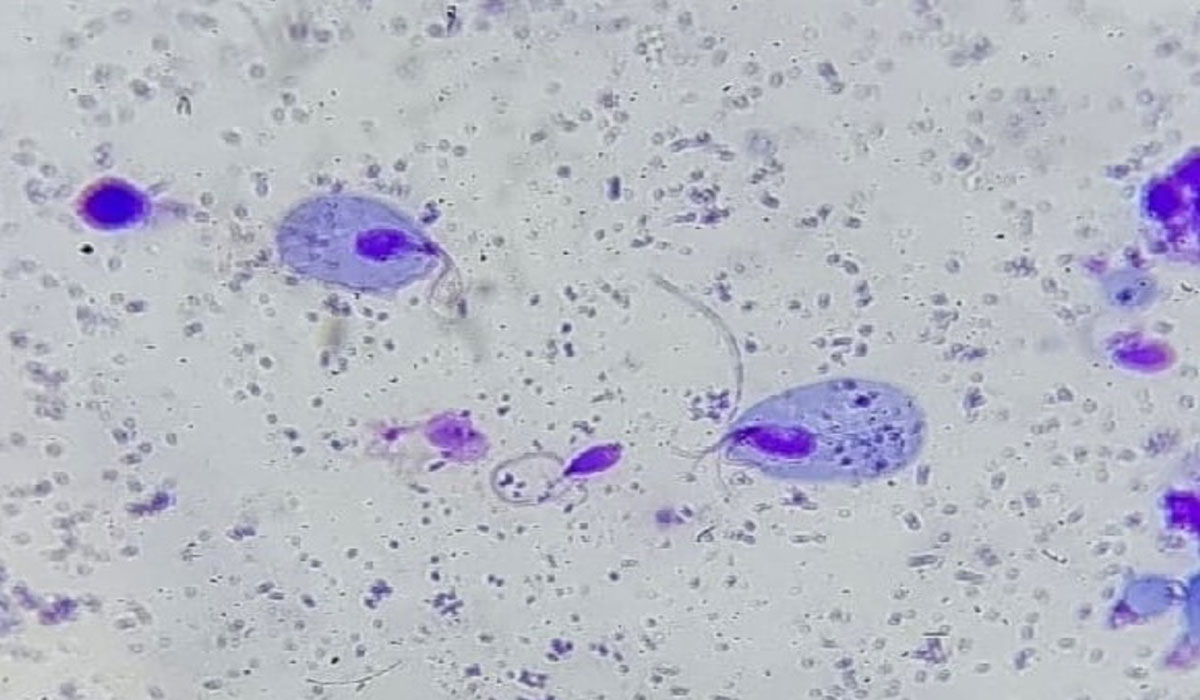
Trichomoniasis is a parasitic disease that is transmitted to humans through sexual intercourse. What symptoms does it cause? What to… read more »
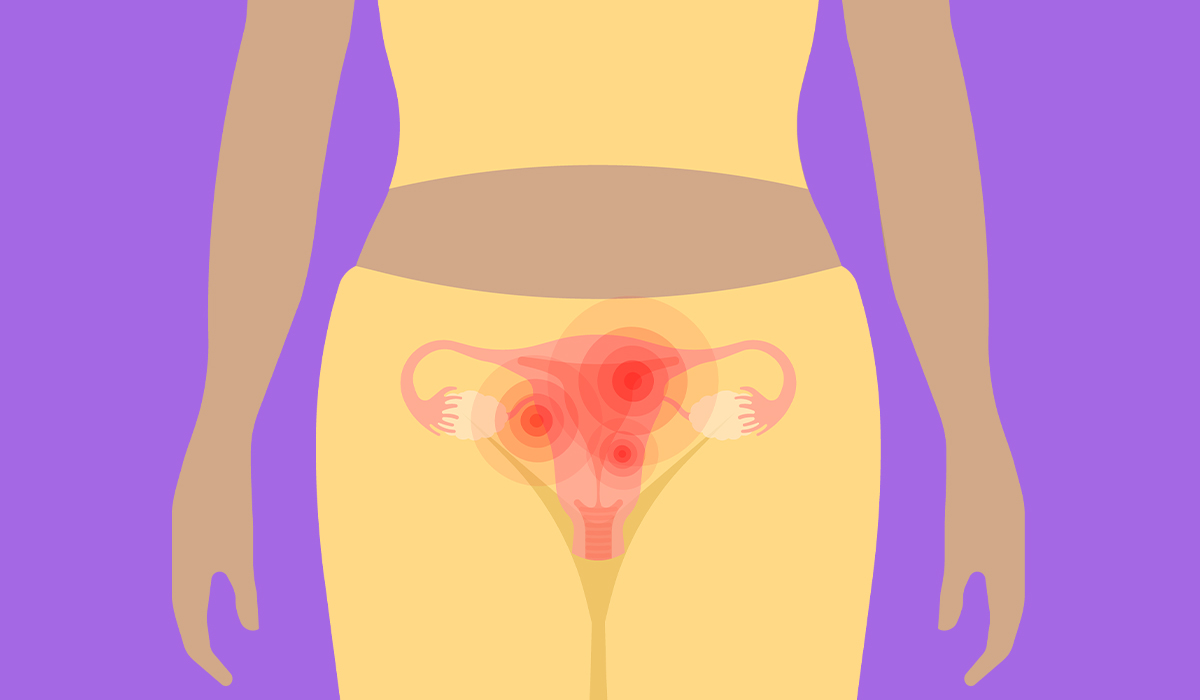
Pelvic inflammatory disease is associated with the female reproductive system. Many women suffer from pelvic pain without knowing the cause,… read more »
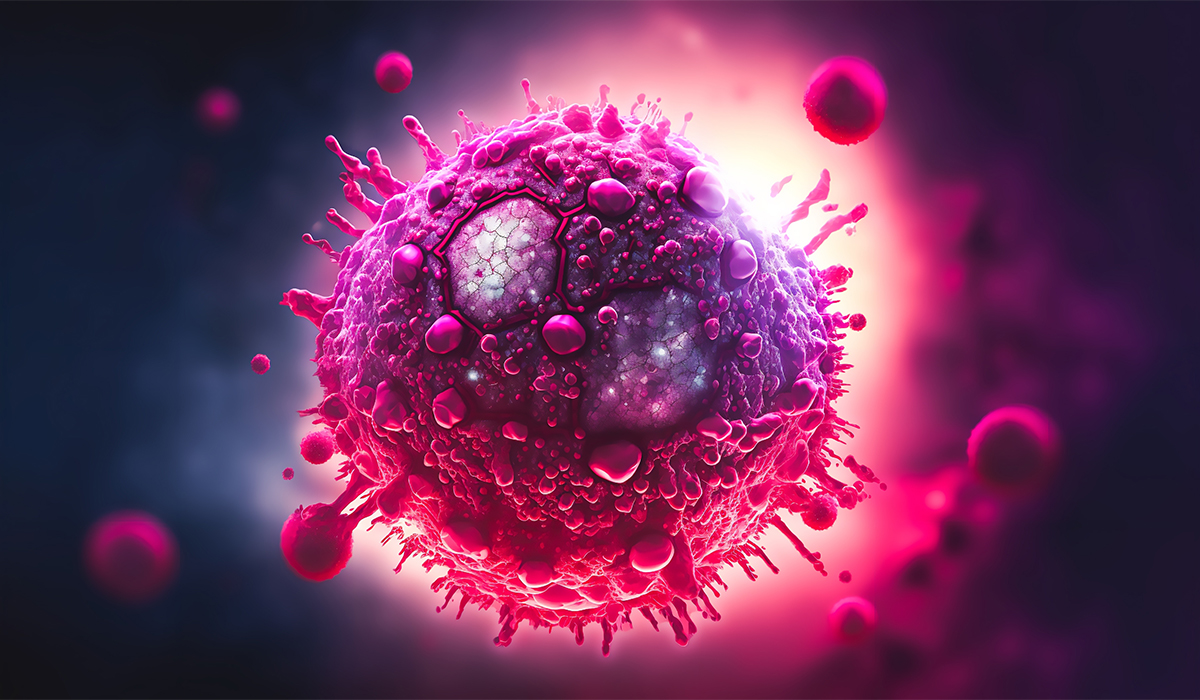
HIV is a virus that damages cells of the human immune system. How can you get infected with HIV? What… read more »
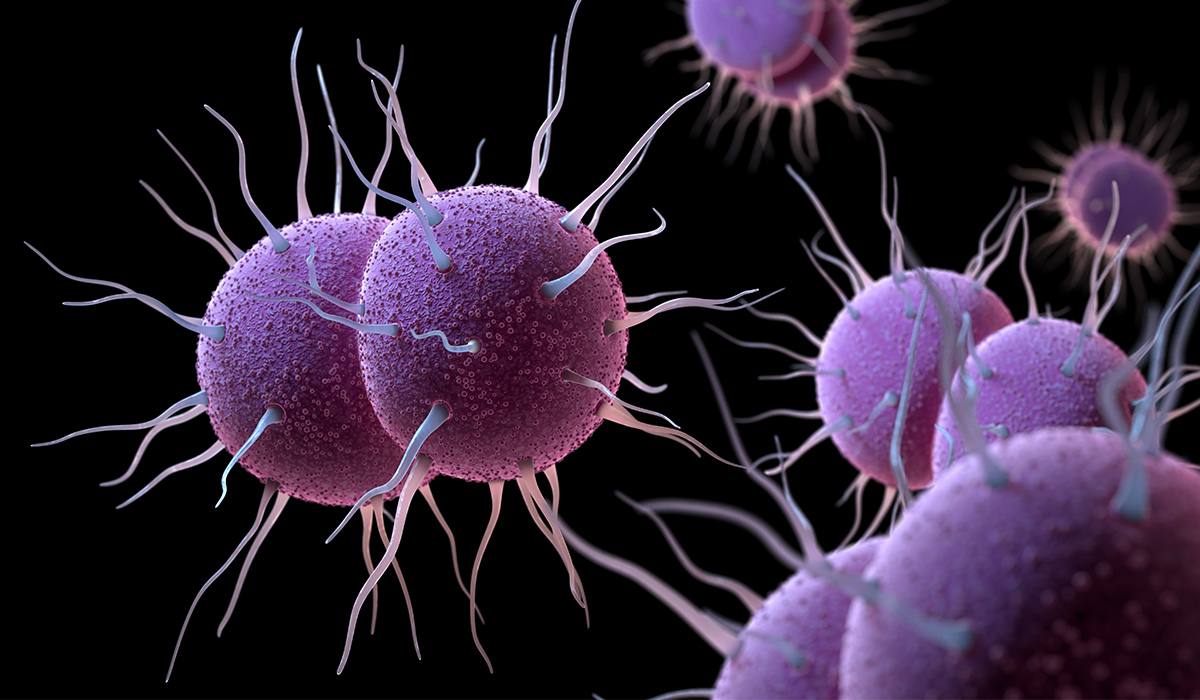
Gonorrhea is a sexually transmitted disease. The symptoms of gonorrhea in men and women are different. How to recognize them?… read more »

HPV (human papillomavirus) is a pathogen that can cause many different conditions, depending on its subtype. What are the symptoms… read more »

Genital herpes is a disease caused by the HSV herpes virus. What symptoms does it give? Check what treatment and… read more »
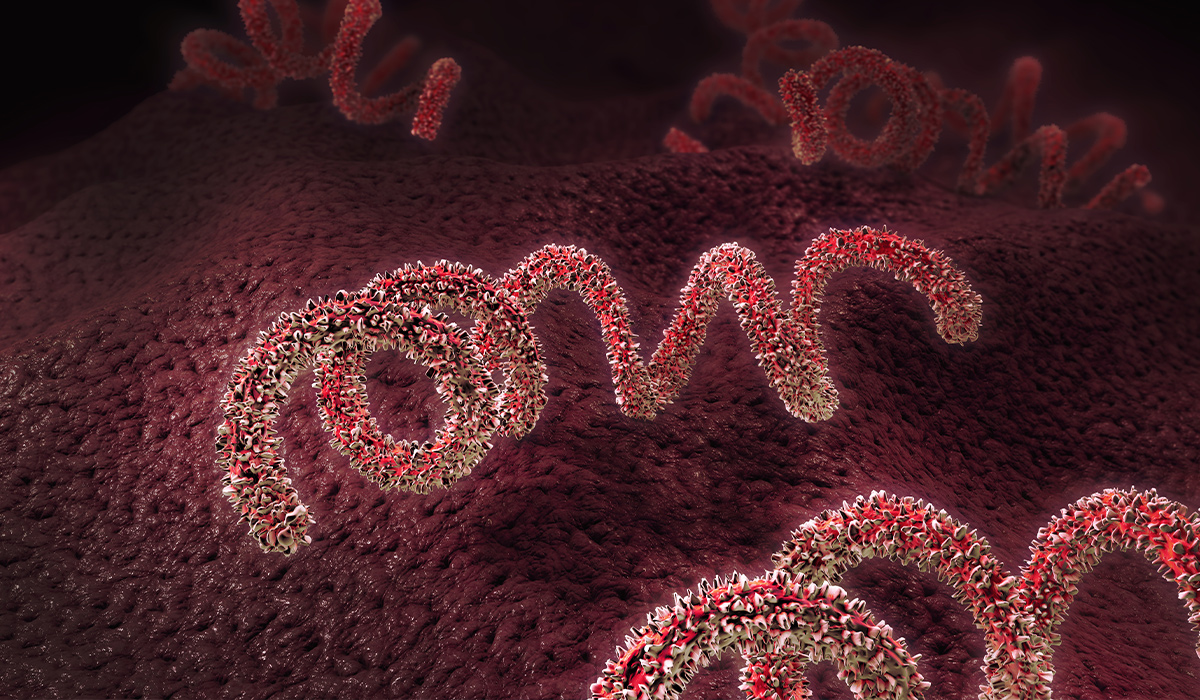
Syphilis is a highly contagious bacterial infection that spreads through sexual activity. An infected person usually doesn't know they are… read more »
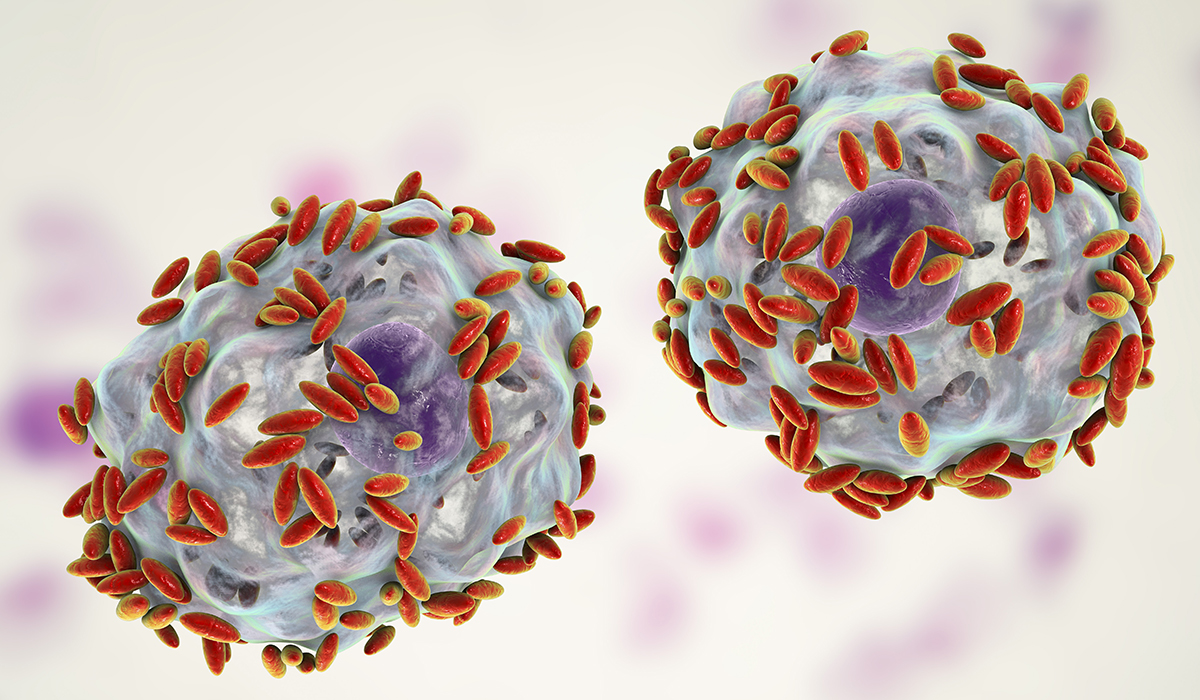
Bacterial vaginosis is a common problem for women. Learn the risk factors so you can eliminate them and protect yourself… read more »

Human papillomavirus infection is one of the most common viral infections, mainly sexually transmitted. It can cause cancer. Check the… read more »